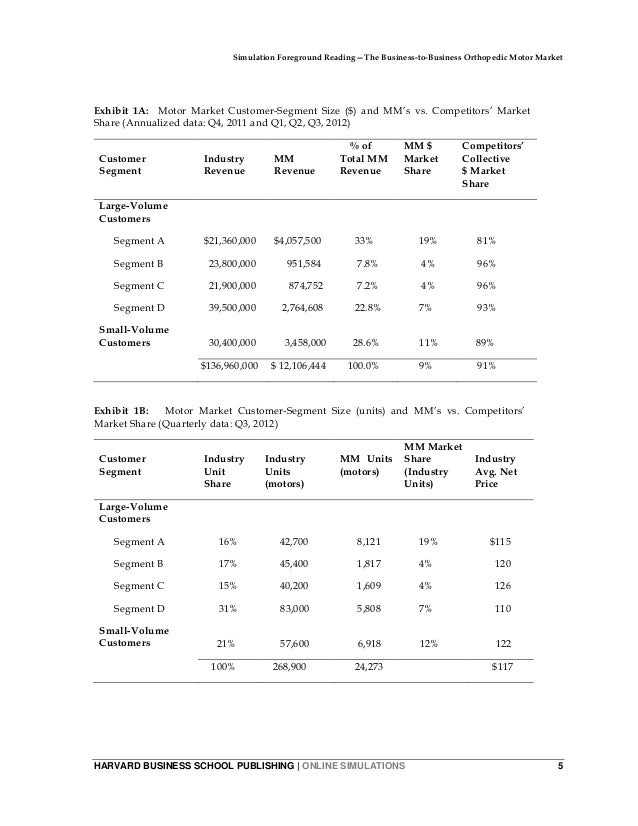
Harvard Simulation Answers
No notes for slide• Hi, my name is Brittany Auerbach. On behalf of my groupmates, Heather Stewart, Josh-a-win Toth, and Matthew Urdan, I will be walking you through our presentation on the results of our change management simulation and discussing the building of a pro forma model to lead change.
The current stage of adoption for each of the 20 managers. The number of adopters in the organization.
• To begin, we will first discuss the purpose of the change management simulation from Harvard Business School Publishing. The simulation was to help us develop the critical skill of leading change. In the simulation, we assumed the role of a change agent, the Director of Product Innovation, in Spectrum Sunglass Company. Our task was to influence and convince a critical mass of key Spectrum personnel to adopt our new initiative, focused on sustainability. Throughout the simulation, it was important for us to plan and time the use of Change Levers to gain the most adopters and supporters. • Next, we will discuss the specific learning objectives from the change management simulation. These five objectives highlighted here include providing us with an opportunity to practice action-planning in regard to leading strategic change, understanding why there may be resistance to change and how to develop change implementation strategies to avoid it, appreciate key contextual contingencies, determine how and when to use effective change strategies, and lastly how to identify common missteps people often use to implement change.
• laguna blu Download from safe sources (14 free days). Rukovodstvo po remontu renault kangoo ii c 2007 g. IT IS, Renault Clio Megane Scenic / Dacia Logan / Nissan Micra MirrorGlass Scnic Thalia rep, Renault Dacia Logan Wiring Diagrams EWDWDS VISU, NEW. 1.6 GB RenaultLaguna VISU schematics.Laguna II Rukovodstvo po remontu RenaultLaguna I.pdf.
One of our biggest takeaways as a group was that we all approached the simulation in different ways. Yet, we all were able to influence the critical mass to adopt the new initiative. Therefore, this presentation will illustrate the general lessons our group learned about managing change as a result of our differing approaches to the change management simulation. • There are many types of change. Determining the type of change impacts the change strategy adopted and the change management process.
There are four types of strategic change: technology, products and services, strategy and structure, and culture (Daft, 2013). Our group differed in opinion over the type of change that was called for in the simulation, thus our strategies differed. Some of us felt that the change needed was radical restructuring due to the game-changing nature of introducing a green product line and focused change management strategies on company restructuring and new reward systems. Others felt that the change was more incremental and adaptive to changing market conditions in that customers vocally expressed a desire for more green products.
This group did not change the company structure. • Interestingly, both approaches worked and achieved critical mass in the change simulation. Radical restructuring change achieved a critical mass in as low as 61 weeks in one simulation and incremental adaptive change achieved a critical mass in as low as 66 weeks in another simulation. Both simulations achieved high change efficiency ratios of 0.3 and 0.29 respectively.
The question that needs to be asked, however, is radical change that results in corporate restructuring necessary when incremental change may be less disruptive to the organization and may suffice? While it cannot be determined based on the simulation results which approach was preferable based upon the type of change as only one simulation utilized the restructuring lever; consideration in determining the type of change necessary and the change process should include thought concerning the positional nature of the change agent and whether the direction of change needs to be top down from the Management Core or bottom-up from the Technical Core. • The entire group did significantly consider the positional power of the change agent.
Since throughout the simulation, we had the role of Product Director, we really had to rely on boosting credibility in order to increase our power. Our change agent had to earn credibility and utilize political frame skills (Bolman and Deal, 2008) to obtain support for all the corporate executives above him, but also for key personnel in other departments.
Political frame skills were used to great advantage in Private Interviews, which was by far the most effective lever in each of our simulations. Further, our choices in selecting personnel for private interviews and coalition building sessions were highly influenced by the social networks of our interview targets. Targeting those with more expansive social networks, such as the V.P. Of Human Resources, netted greater progress in moving through the adoption stages than those with limited social networks.

It was critically important to confront a person resisting the change at the right time; failing to do this effectively caused adverse circumstances. Finally, we all used the “Recognize Adopter” lever for the political frame advantages of increased credibility, power and influence this tactic afforded. • The environment contingency factor was also greatly considered.